[Commercial use] Thoroughly investigate the cause of frost forming in the freezer! How to prevent frost formation?
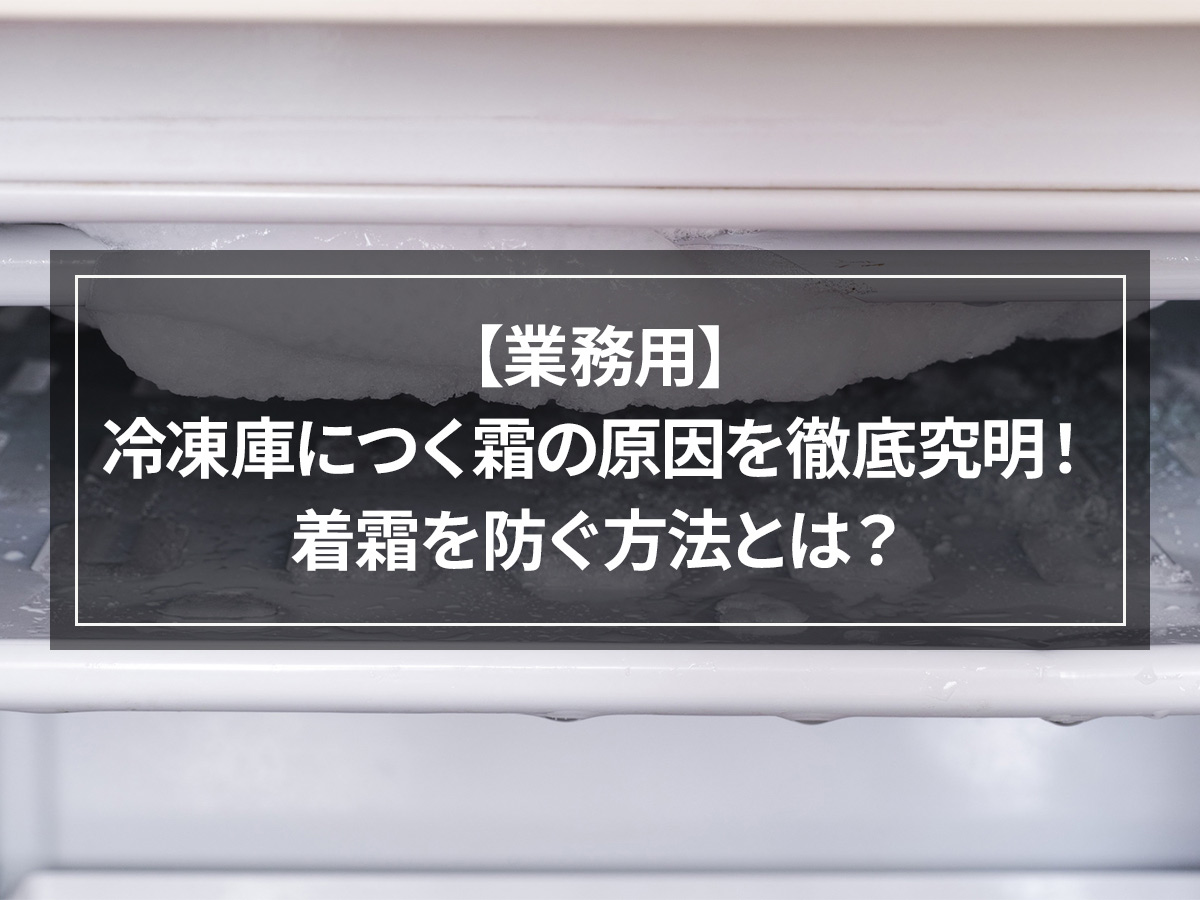
Frost inside the refrigerator reduces cooling capacity. In addition, the reduction in cooling capacity causes negative effects such as longer freezing times and increased electricity costs.
Frost is a very troublesome enemy for those who use freezers for commercial purposes.
We will explain the causes of frost and then introduce measures to prevent frost from forming.
Read this article and achieve clean freezing without worrying about frost!
目次
Causes of frost
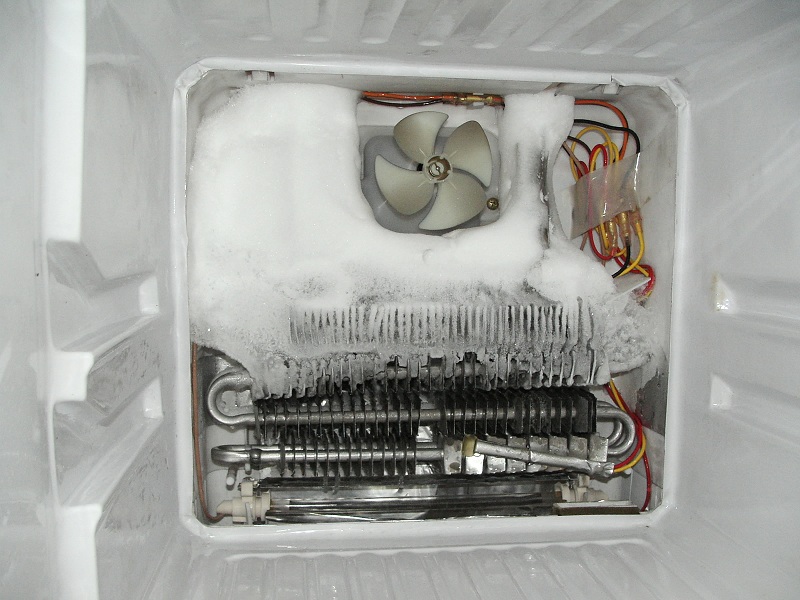
Source: blog-imgs-46.fc2.com
Freezer mechanism and frost
First, I will explain how the freezer works and how frost forms.
The inside of the cooler is mainly composed of a ``compressor'', ``condenser'', ``expansion valve (or capillary tube)'', and ``evaporator''.
Refrigerant gases such as fluorocarbons and ammonia circulate through these engines.
Let's take a look at a more detailed explanation.
Source: http://football-kuma.blog.so-net.ne.jp/2011-11-04
The gaseous refrigerant is first compressed in a compressor. At this time, the refrigerant gas is compressed and becomes high temperature and pressure, but then it passes through a "condenser" and turns into a liquid.
The refrigerant then flows into the "expansion valve" and the pressure drops rapidly. Lower pressure lowers the boiling point, making it easier to evaporate.
Finally, the ``evaporator'' vaporizes this refrigerant. When a liquid changes into a gas, it requires heat, so the refrigerant that is vaporized in the evaporator absorbs a lot of heat from the surrounding air.
This "heat of vaporization" is used to cool the surrounding air.
The cooled air is blown into the refrigerator by a fan, and then acts on the food to remove heat from it.
The air that has removed the heat from the food reaches the "compressor" again and circulates inside the refrigerator using the steps described above.
This cycle is what makes a freezer work.
Also, the "frost" that is the subject of this article is very often found in the refrigerator near the cooling device and on the fan that blows air into the refrigerator.
When hot air comes into contact with a cold cooler, the temperature difference causes the water vapor in the air to become saturated, forming frost.
It's the same principle as condensation.
For this reason, when the temperature inside the refrigerator rises due to food being added, etc., there will be a temperature difference between the cooler or fan and the temperature inside the refrigerator, causing frost to form.
Cause of frost
Frost is caused by temperature differences, but I will list specifically what causes temperature differences.
First, let's look at the causes of frost caused by outside air entering.
-Opening the door frequently or for long periods of time
・There is a problem with the door gasket.
・The door is malfunctioning.
・Outside air is entering from the drain.
・There is a malfunction or malfunction in the air pressure adjustment valve, and outside air is intruding.
When the above phenomenon occurs, air that is hotter and more humid than the temperature inside the refrigerator enters the refrigerator and is cooled, causing frost.
Effects of frost
Decrease in cooling capacity
If frost forms near the cooler, cooling capacity will decrease.
As explained above, freezers use a mechanism that blows cooled air into the refrigerator, but frost builds up near the cooler, narrowing the path for the cold air.
When the road narrows, the wind power decreases.
In addition, if the surface of the evaporator is covered with frost, the cooling efficiency will deteriorate because the air will no longer come into direct contact with it to cool it down.
As a result, cooling capacity decreases when frost forms.
Increase in electricity bill
When defrost operation is performed due to frost formation, the electricity bill increases accordingly.
The temperature inside the refrigerator rises while the defrost operation is in progress, so the temperature inside the refrigerator must be lowered again after the defrost operation is complete.
The power required to lower the temperature is greater than that required to maintain the temperature.
Therefore, if the defrost operation is performed frequently, the temperature inside the refrigerator will fluctuate frequently, which increases electricity consumption.
Deterioration of the environment inside the warehouse
If frost forms inside the refrigerator, it will have a negative effect on the food inside the refrigerator.
Frost may damage food packaging, or if frost grows large, the inside of the refrigerator may become narrow.
It is necessary to keep the inside of the refrigerator clean and free of frost.
Time-consuming defrosting work
It would be nice if the machine could completely defrost the product, but defrosting may not be possible due to mechanical malfunction or an older model of the freezer.
In this case, you will have to remove the frost by hand, but it is very difficult to remove hardened frost, and if you try to remove it forcibly, it may damage the machine or cause injury.
In addition, in large tunnel freezers, etc., it may be necessary to manually sprinkle water to melt the frost rather than using a mechanical defrost operation.
Not only is it labor-intensive, but it also requires a lot of water to defrost, which means additional water bills.
Measures against frost
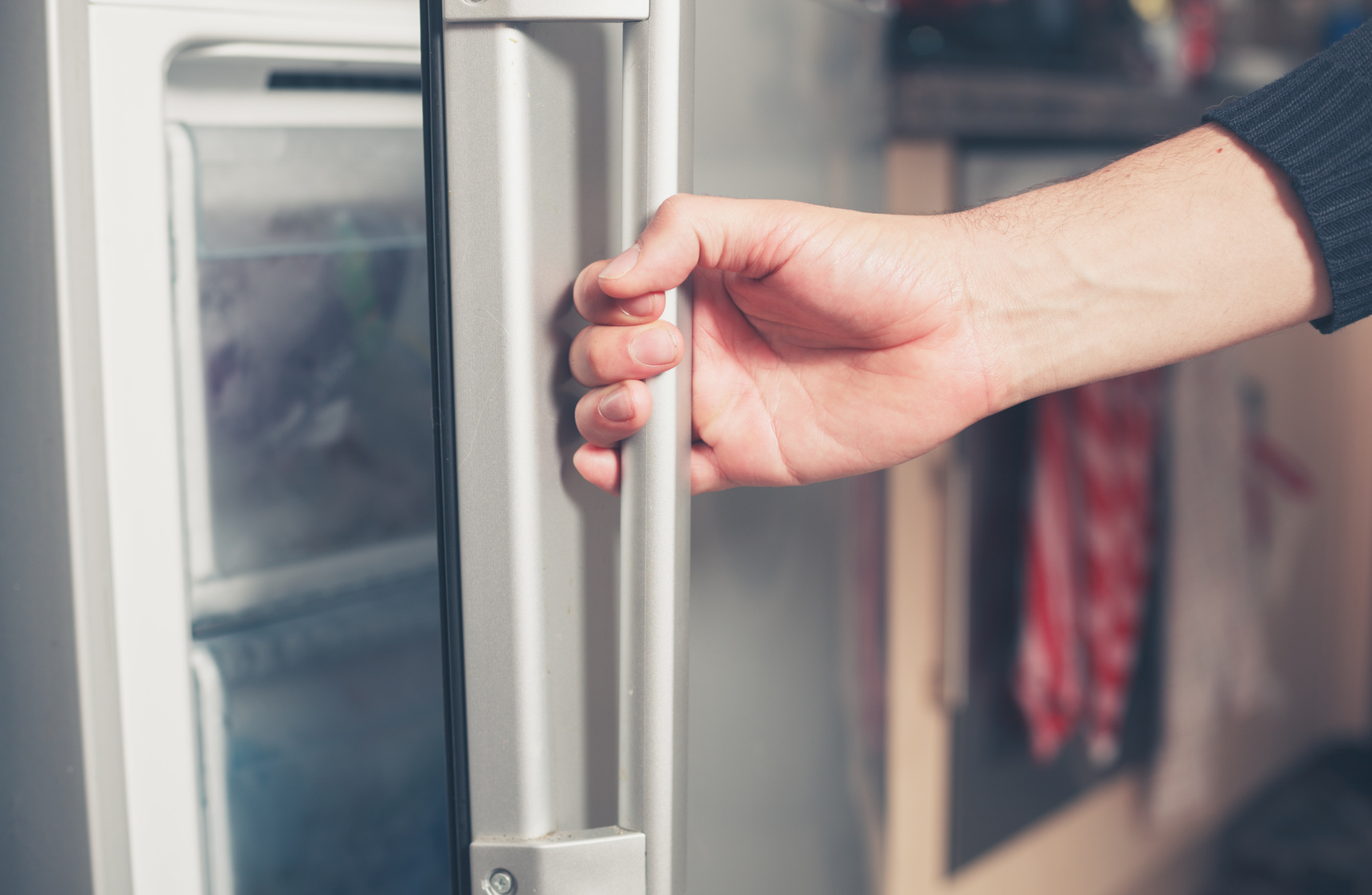
These are harmful frosts, but how can we prevent them from occurring?
Invent ways to preserve food
First of all, avoid packing too much food.
If you pack too much food, the air circulation inside the refrigerator will be poor. Also, if there is too much food, the temperature inside the refrigerator will rise, creating a temperature difference between the cooler and the inside of the refrigerator.
As explained above, temperature differences can cause frost formation, so it is necessary to organize the inside of the refrigerator and dispose of unnecessary food.
Also, it is of course prohibited to put hot food such as freshly cooked food into the refrigerator.
avoid exposure to outside air
The next thing to be careful about is to minimize contact with the outside air as much as possible.
When using the freezer, be aware of things like closing the door as soon as possible and opening the door less frequently to prevent frost formation.
Also, if the gasket on the door is damaged, outside air may enter the refrigerator through the gap.
It is also necessary to thoroughly inspect the machine for any malfunctions or malfunctions.
Consider the location of the freezer
Surprisingly, the location of the freezer tends to be a blind spot.
If you install it in a place with high outside temperature and humidity, such as outdoors or next to cooking equipment, it will create an environment where frost is likely to form.
Choose a location where the freezer will be installed that is dry and does not get too hot.
Lastly, we will introduce a special freezer that uses a principle that prevents frost from forming in the first place.
A must-see for anyone who uses a freezer for business purposes, such as processing companies, farmers, and restaurants.
Introduction to frost-resistant refrigerators
brine refrigerator
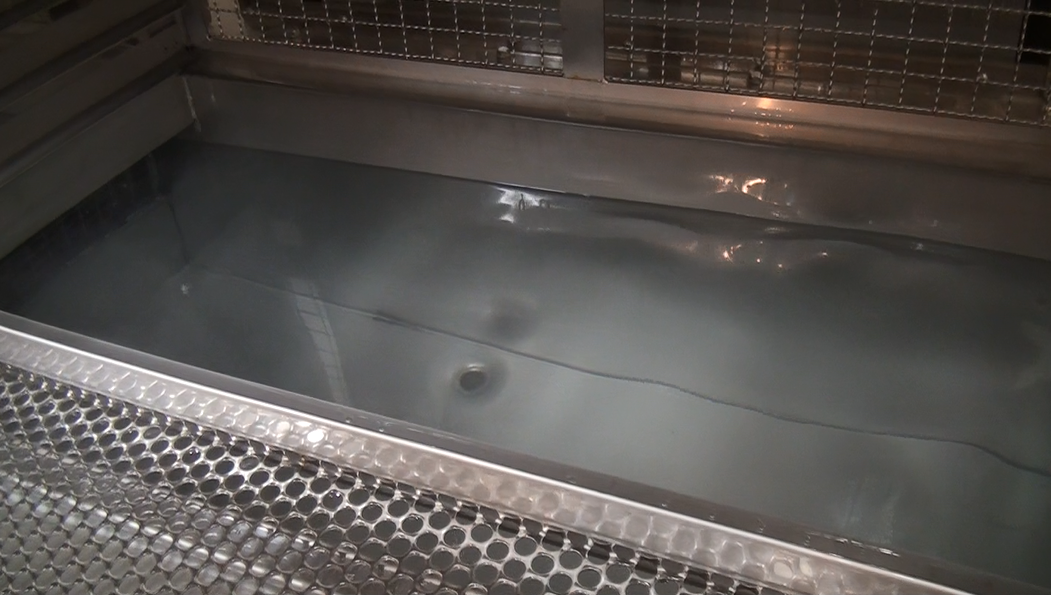
A brine refrigerator is a type of commercial refrigerator that freezes food by directly immersing it in a liquid such as ammonia or alcohol that has been cooled to a minus temperature range.
⇒⇒ [Is it different from a brine freezing machine? ] Principle of brine refrigerator
⇒⇒ A comprehensive summary of liquid freezer prices and features!
Frost occurs when the heat is removed from the food and the air, which has become high in humidity and temperature, is cooled, but with brine refrigerators, food is cooled with liquid rather than air, so no frost occurs. .
Since no frost occurs, you can continue operating without defrosting.
It also has a variety of other advantages, such as the high thermal conductivity of liquids, which allows it to freeze quickly, and the fact that it freezes in packs, making it suitable for freezing soups, drinks, etc.
ARTLOCK Freezer
Artlock Freezer is a commercial rapid freezing that uses a principle that prevents frost from forming.
Adopts a new structure that makes it difficult for defrost to occur during working hours. Defrosting, which is normally required once every 2 to 3 hours, is no longer necessary, and continuous operation is now possible.
This has the effect of reducing labor costs and increasing production efficiency, resulting in significant cost reductions.
Conclusion
We have introduced details on the causes and damage caused by frost in the freezer, as well as countermeasures.
In order to avoid various negative effects, it is important to consider the principles of the refrigerator and be conscious of preventing frost from forming.
If you are having trouble with frost, please try the above steps as ideal freezing will be possible if you can suppress frost.








![[Storage period increased by 30 times! ] Achieving a stable supply of raw whitebait!](https://shunkashutou.com/wp-content/uploads/2016/11/579c55e6d32e1385c250e8e7c3ed59a71.jpg)
![[Sales increased 100 times! ] rapid freezing the signature menu “Ni-katsu sandwich”!](https://shunkashutou.com/wp-content/uploads/2016/11/IMG_02391.jpg)
![[Horse sashimi] We have significantly reduced waste loss with rapid freezer!](https://shunkashutou.com/wp-content/uploads/2016/11/5fda59d0cbcdabde18e58c3c58c09ed0.jpg)




![[Storage period increased from 3 days to half a year! ] Restaurants are expanding their business using wholesale and mail order!](https://shunkashutou.com/wp-content/uploads/2018/04/66c19942ab4ba346fdb64ccc04cde373.png)
![[Reduce loss from 200 kg of oysters to zero] Improve loss and expand business with rapid freezer](https://shunkashutou.com/wp-content/uploads/2018/06/19785ca583a8d3c4041c7c192d041b0d.jpg)












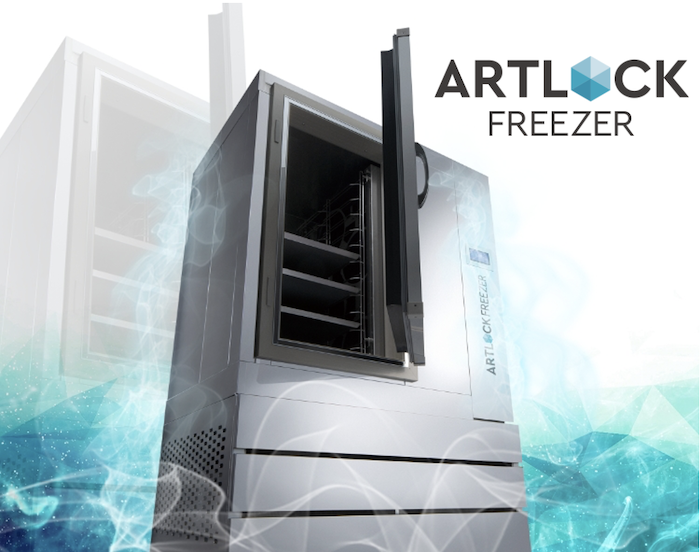


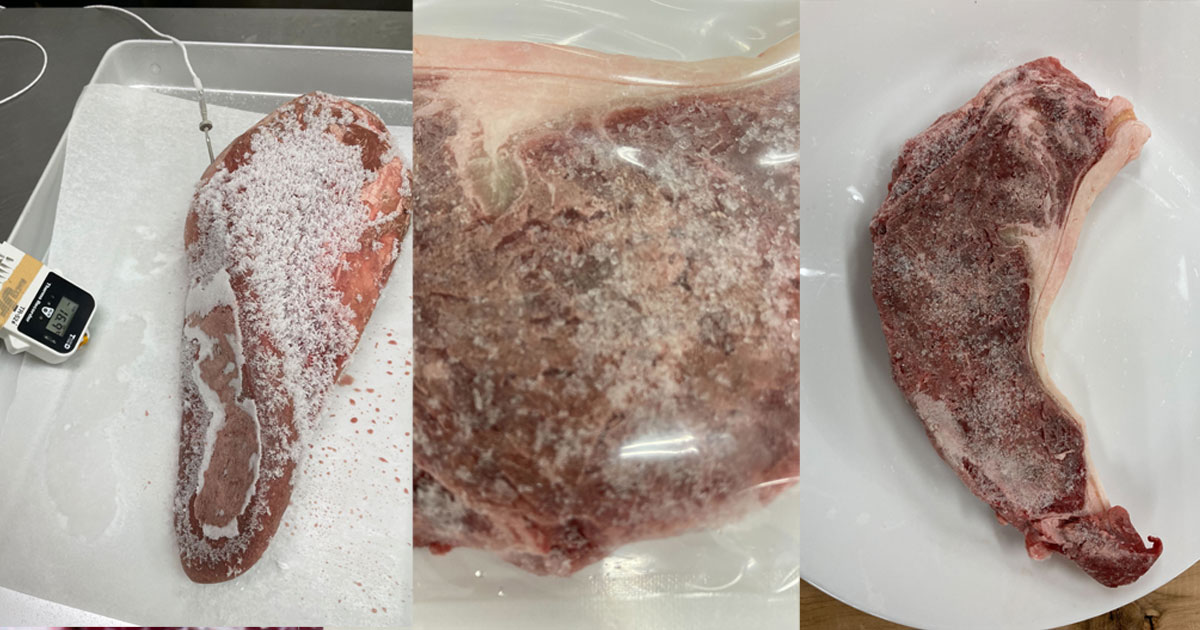


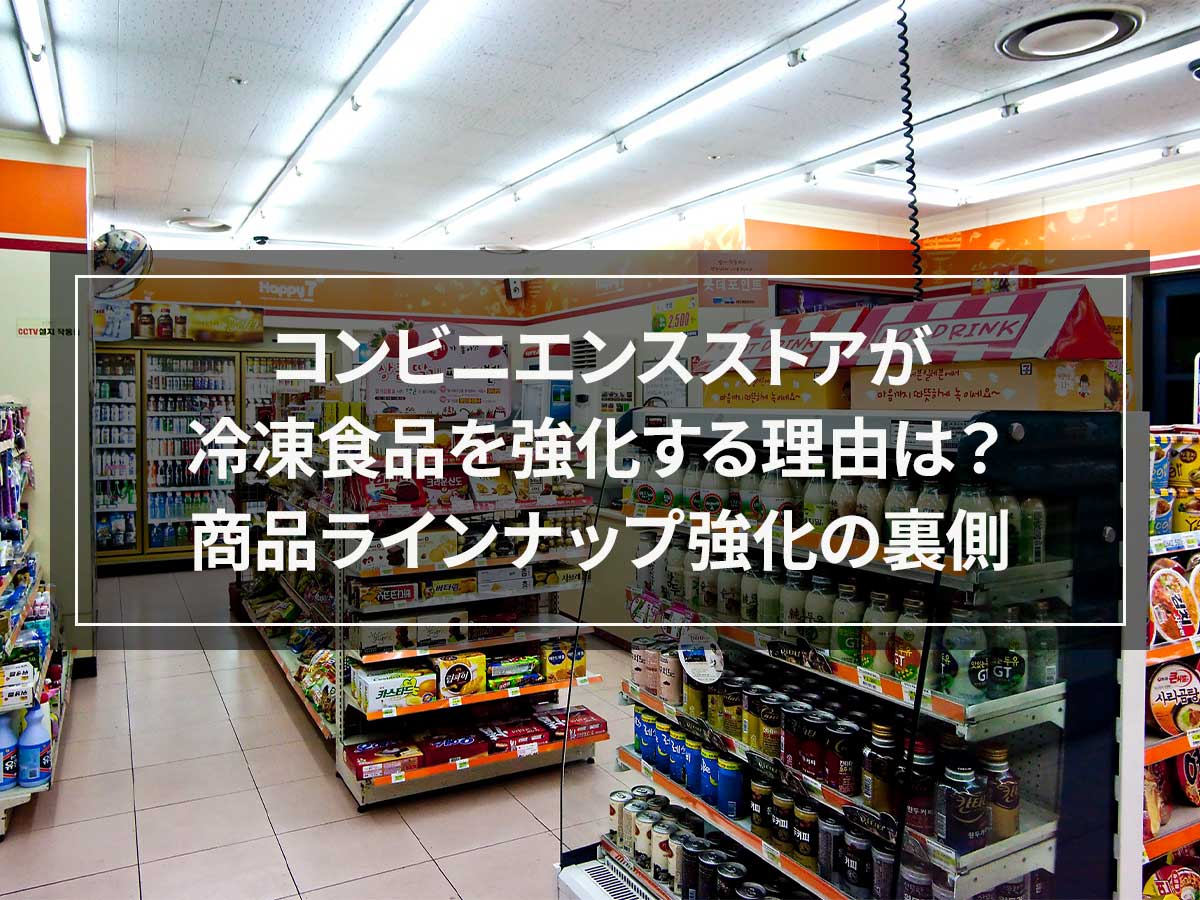
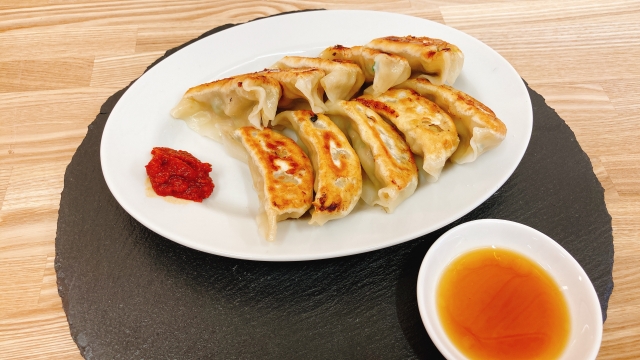
![[Rapid freezers in 2021] Market Trends and Customer Success Stories](https://shunkashutou.com/wp-content/uploads/2020/12/7F9A9CB9-A494-4E6A-946E-079279C596E6.jpeg)
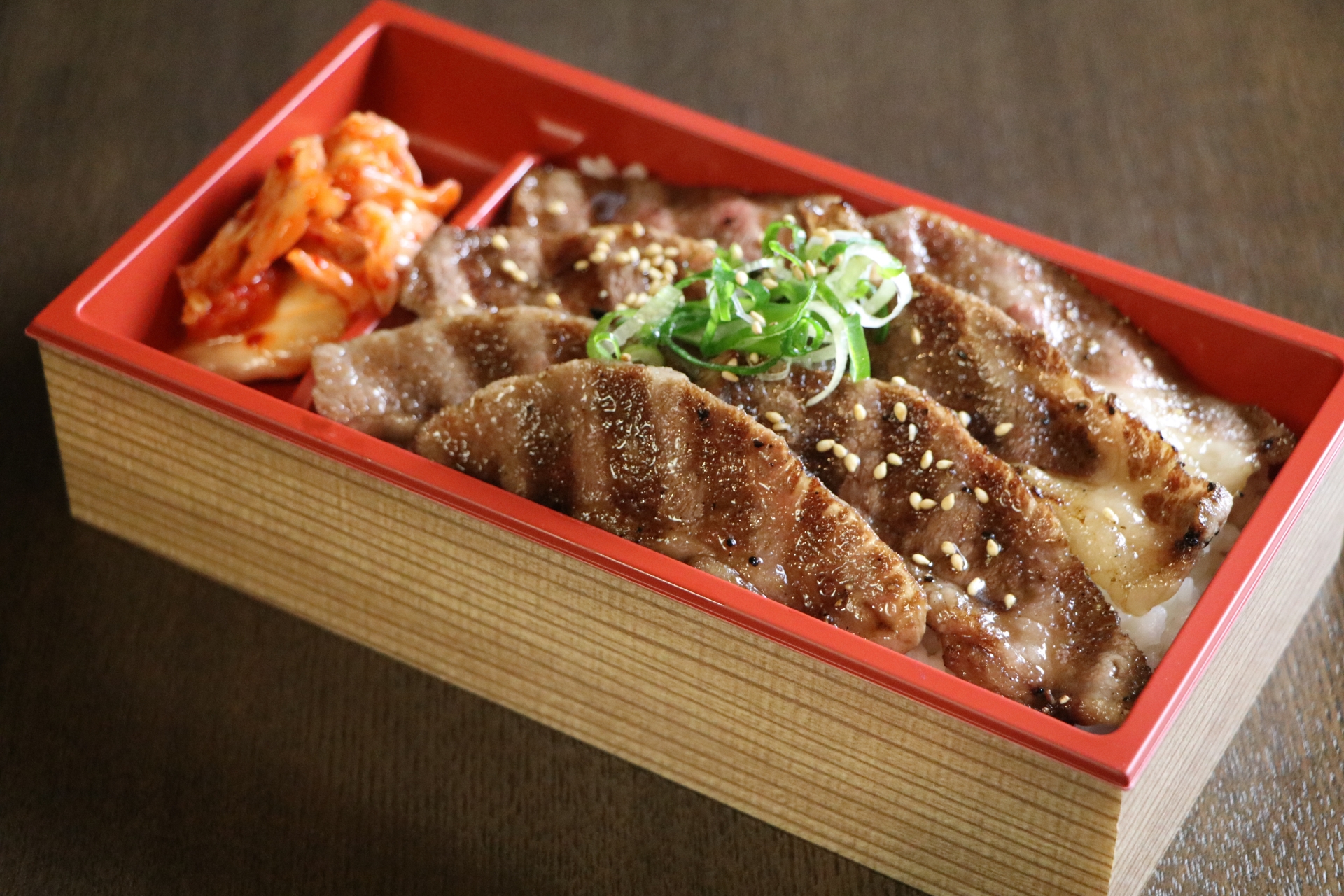
![[Achieving instant freezing at home] The evolving freezing function of home refrigerators](https://shunkashutou.com/wp-content/uploads/2015/10/93e403bcf18bda6b2d63c7c74fdef064.jpg)
![How to freeze cucumbers and 5 recipes! [Explanation with photos! ]](https://shunkashutou.com/wp-content/uploads/2023/09/37a83e91a989dfbc285ac11dede7c8c2.jpg)
![[Need to know] 7 points to thaw frozen crab deliciously](https://shunkashutou.com/wp-content/uploads/2023/08/394440560c05fb5b512d75b81a3fae4f.jpg)
![[Recommended for lunch boxes too! ] Introducing recipes and methods for freezing pasta!](https://shunkashutou.com/wp-content/uploads/2023/10/93f66b71b92cbe1085d41c4ed80d7726.jpg)
![[Explanation with photos] How to freeze octopus, storage period, and 5 recipes!](https://shunkashutou.com/wp-content/uploads/2023/10/5128a2b3fa3cc254cffab87821372215.jpg)

![[What is the expiry date of frozen foods? ] Points to consider for eating deliciously](https://shunkashutou.com/wp-content/uploads/2023/08/0943c9901a0624d3b4b327a3461a7c01.jpg)
![[Fruit becomes dessert! ] How to freeze kiwi and sweets recipes](https://shunkashutou.com/wp-content/uploads/2023/09/ecc0fc2bc14391ea13ce2e7a43d1416e.jpg)
![[Secret Technique] Introducing the freezing preservation and remake recipe of Kinpira Burdock!](https://shunkashutou.com/wp-content/uploads/2023/09/4c4b704274331befeed83cc4493acb75-1.jpg)
![[Thorough guide to preserving meat] Preservation methods, expiration dates, thawing methods, rapid freezing](https://shunkashutou.com/wp-content/uploads/2023/09/ec61889773cfed9c75aa97d9ca6c96dd-1.jpg)
![[Many repeat customers! ] Increase sales by mail ordering our proud curry by rapid freezing!](https://shunkashutou.com/wp-content/uploads/2018/08/S__295895302-863x10241.jpg)
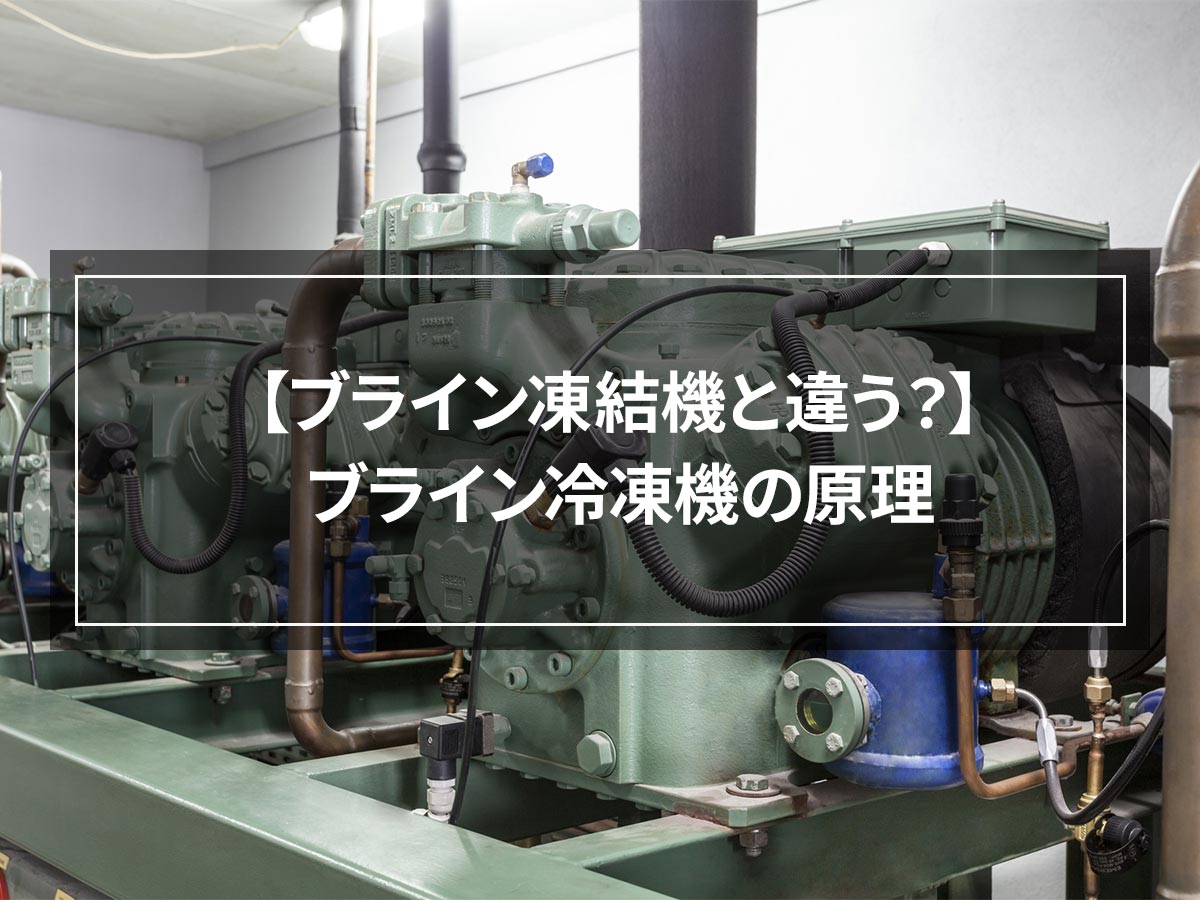

![[Guide to handling frozen chicken for commercial use] How to thaw and how long it can be used after that](https://shunkashutou.com/wp-content/uploads/2018/04/IMG_15001.jpg)
![[Improve your freezer] Tips on temperature control and freezing methods](https://shunkashutou.com/wp-content/uploads/2015/06/freezertemp.jpg)
![[Easy thawing method] Low temperature thawing to lock in the deliciousness of meat](https://shunkashutou.com/wp-content/uploads/2015/06/899e71a518bbd73569bf085ff0accd61.jpg)
![Shock freezer prices and reasons why we can't recommend used ones [What's the difference from a blast chiller? ]](https://shunkashutou.com/wp-content/uploads/2019/09/f76c6907f41d0b092e20d0924e5f27c9.webp)

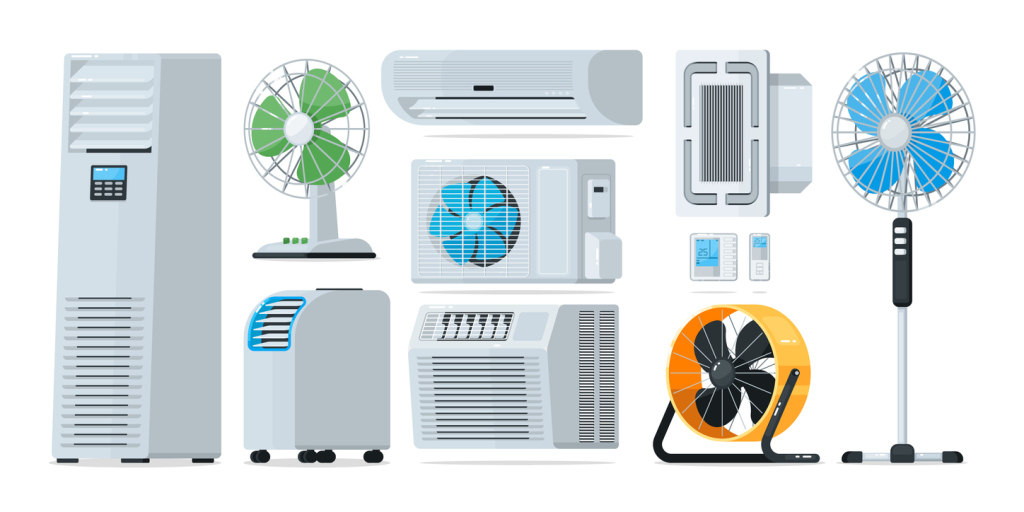
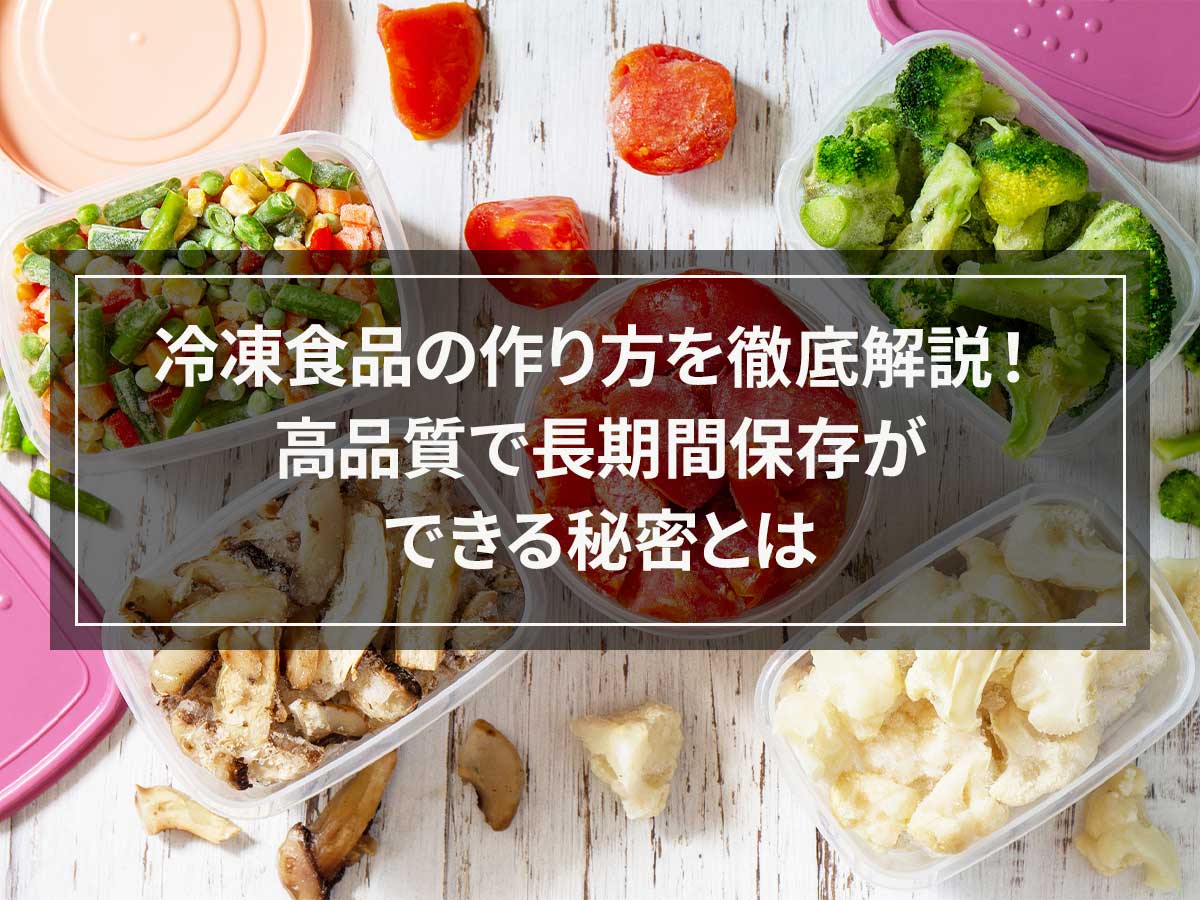
![Introducing how to freeze/thaw salmon roe and how long to store it [includes carefully selected recipes]](https://shunkashutou.com/wp-content/uploads/2023/09/236b884b68d07d2f5983f2b9ea66583d.jpg)


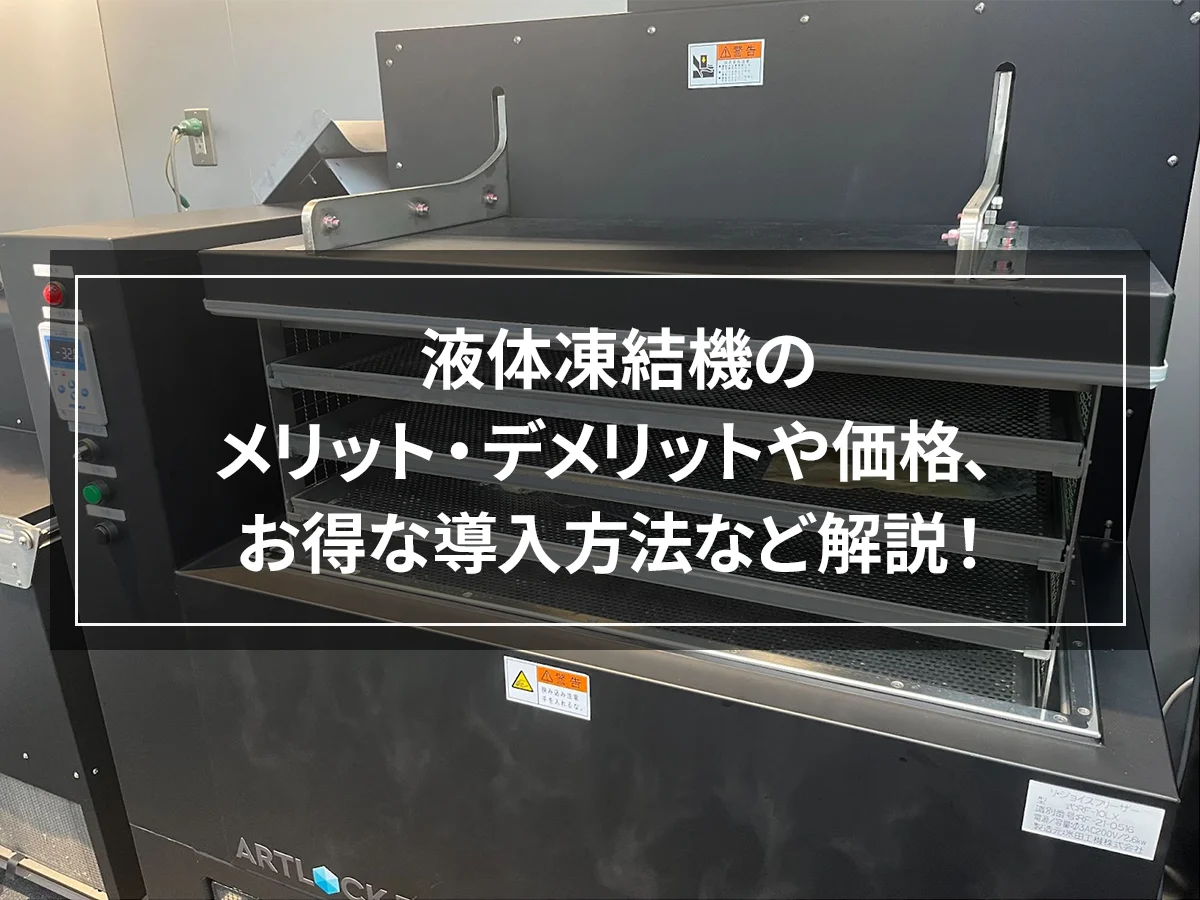
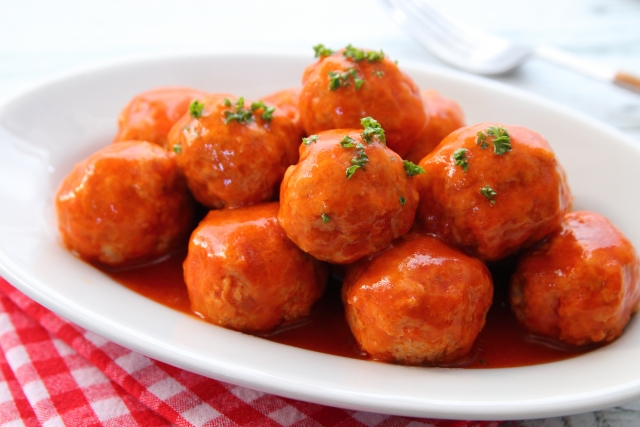

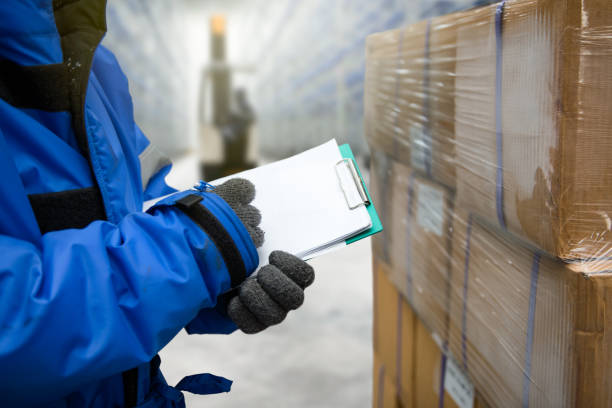

![Introducing how to freeze ginger and recipes [Explanation with photos]](https://shunkashutou.com/wp-content/uploads/2023/09/myoga4-624x432-1.jpg)
![[Explanation with photos! ] Introducing the method and recipe for freezing komatsuna](https://shunkashutou.com/wp-content/uploads/2023/09/5d2a19a6e6cfb5ad0329d8fce162f292.jpg)
![[Explanation with photos! ] How to freeze hijiki and its storage period, 5 recipes!](https://shunkashutou.com/wp-content/uploads/2023/09/ff6bdc527dd066b7d725a48161d7925d.jpg)
![[Osechi remake dishes too! ] Introducing the method and recipe for freezing black beans](https://shunkashutou.com/wp-content/uploads/2023/09/9bcd5b0667eef32b7c7daf786e01172f.jpg)
![[Can it be frozen? ] How to freeze cabbage rolls, storage period, and recipe](https://shunkashutou.com/wp-content/uploads/2023/10/f5c1db9a17ef7843ffd45f5ccb160ed5.jpg)
![[With photos] Lemon freezing and storage period, recipes for how to use frozen lemons](https://shunkashutou.com/wp-content/uploads/2023/09/21a01b705aff194717e200bf6dc6ce5b.jpg)
![[Nutrition remains the same! ? ] Introducing how to use frozen vegetables and recommended recipes](https://shunkashutou.com/wp-content/uploads/2023/10/vegetables-reito-1-1-768x511-1.jpg)
![[Bringing fresh cakes nationwide] How to dramatically increase profits at a pastry shop?](https://shunkashutou.com/wp-content/uploads/2016/03/661ea3ee6264fab6520017622c656870.jpg)

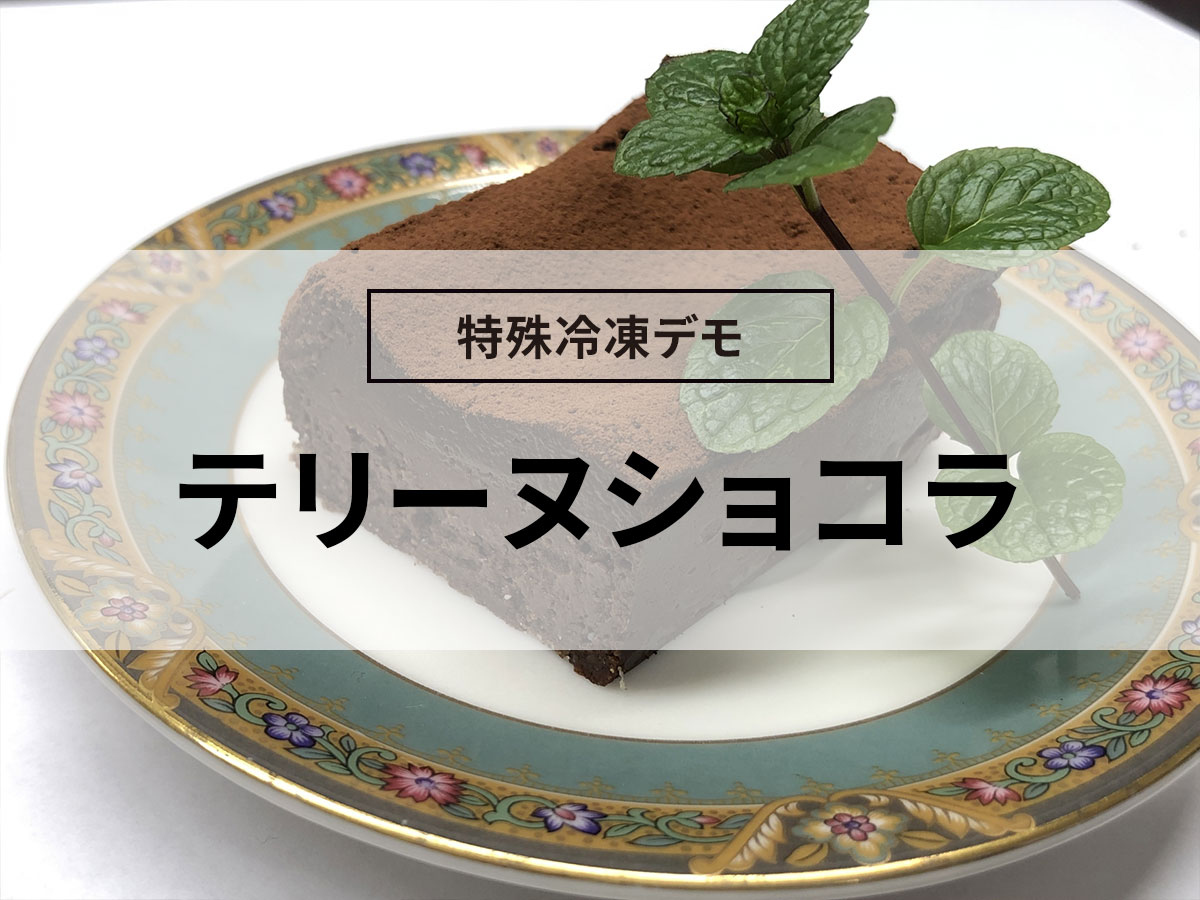
![[Successful example of rapid freezing] Efforts of Yuko Fisheries Cooperative and regional revitalization by women](https://shunkashutou.com/wp-content/uploads/2015/11/68950ce21415f187d34a8a1d5b48956a.jpg)

![[Easy installation and bulk storage] Prefabricated freezer functions and prices](https://shunkashutou.com/wp-content/uploads/2015/09/e52a1bacf6f05c6337143048f88802d7.jpg)
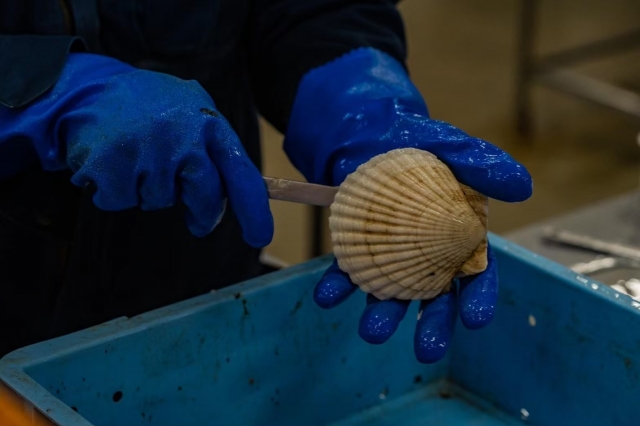
![[Commercial rapid freezer] Explaining the features, size, and price of Panasonic rapid freezing](https://shunkashutou.com/wp-content/uploads/2021/01/panasonic.jpg)


